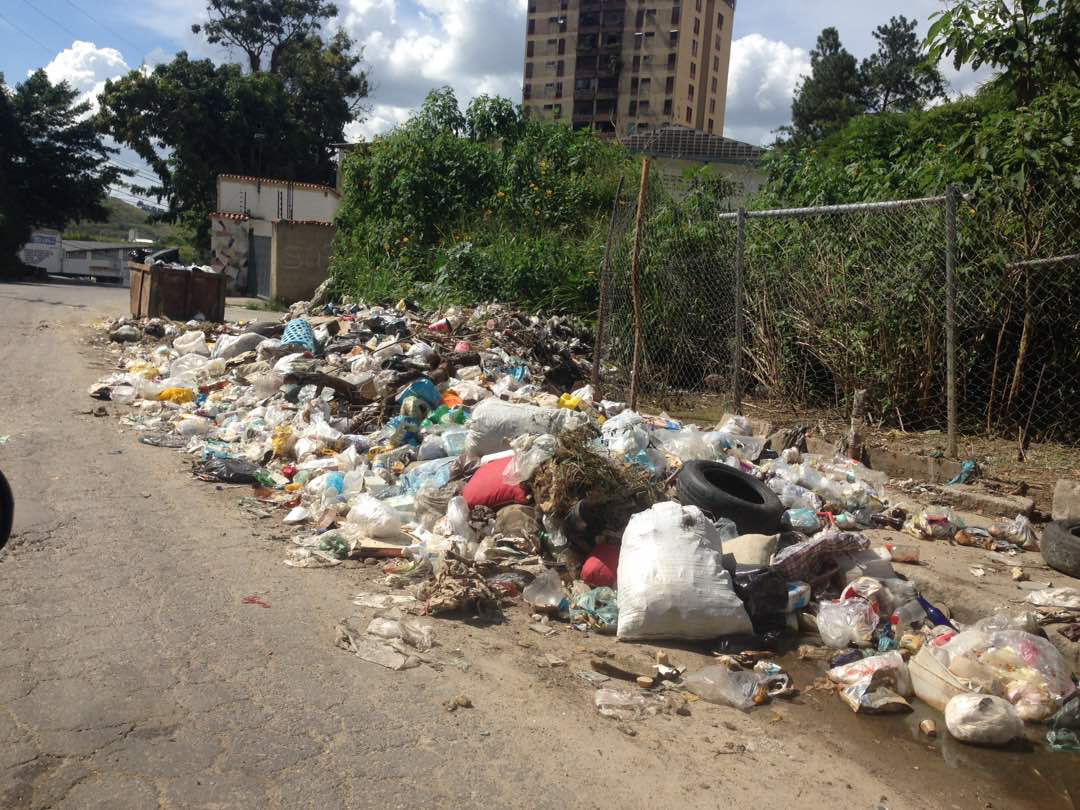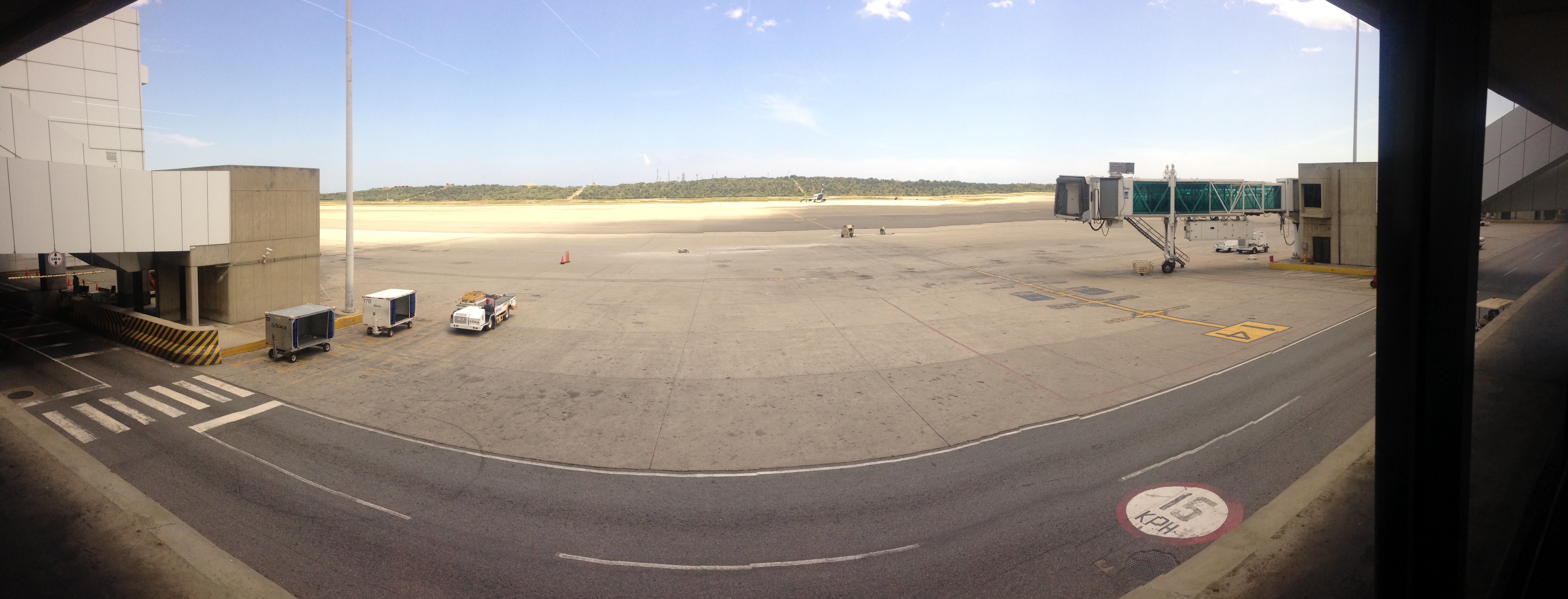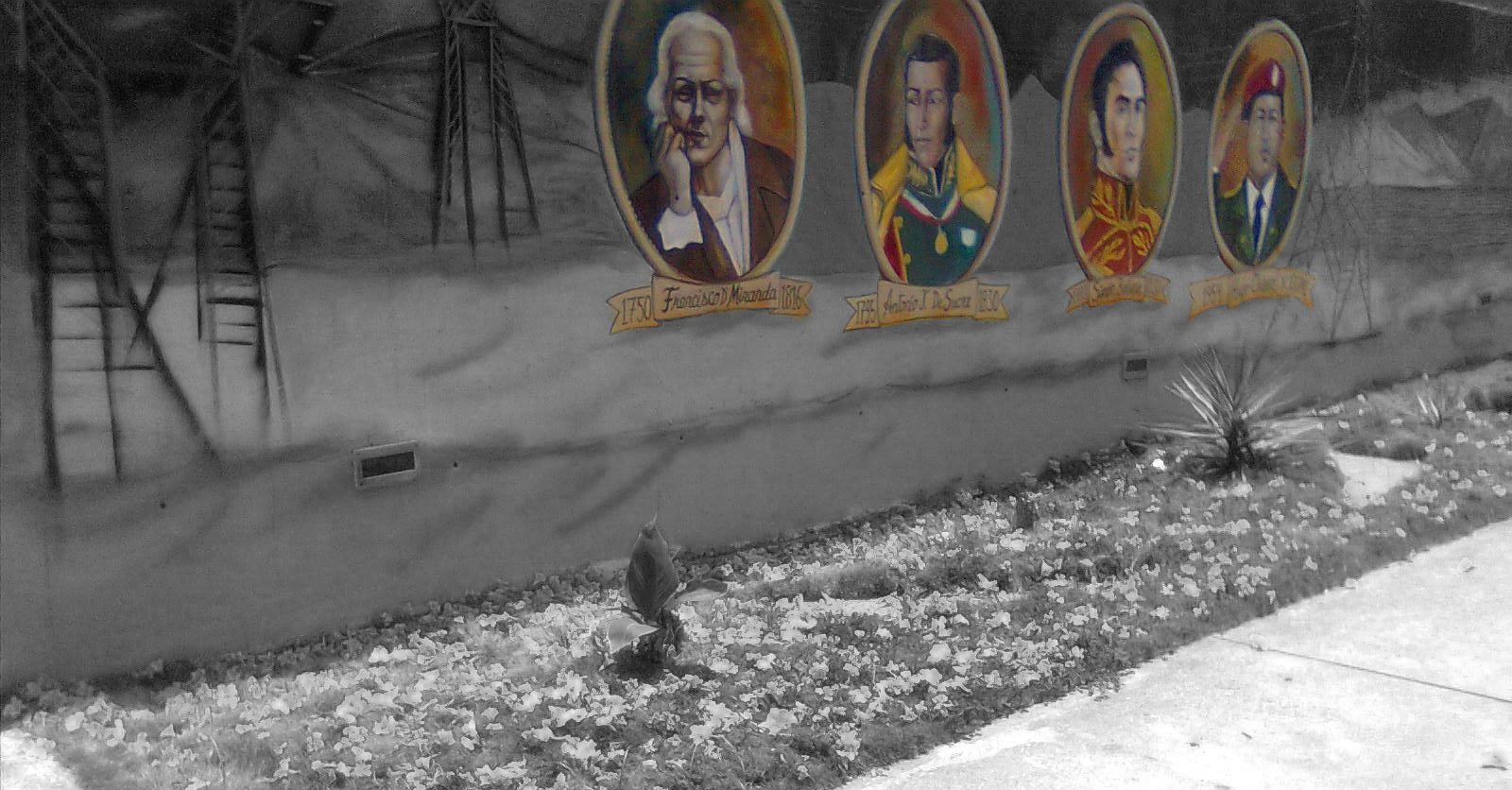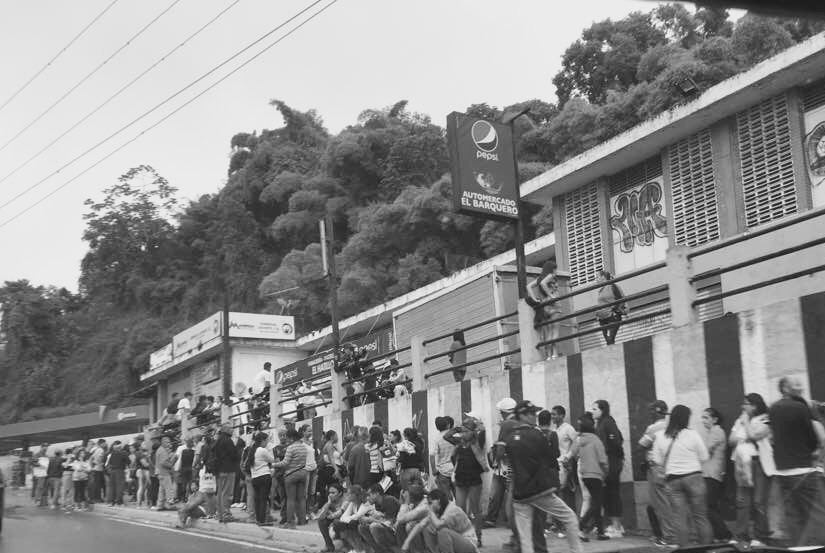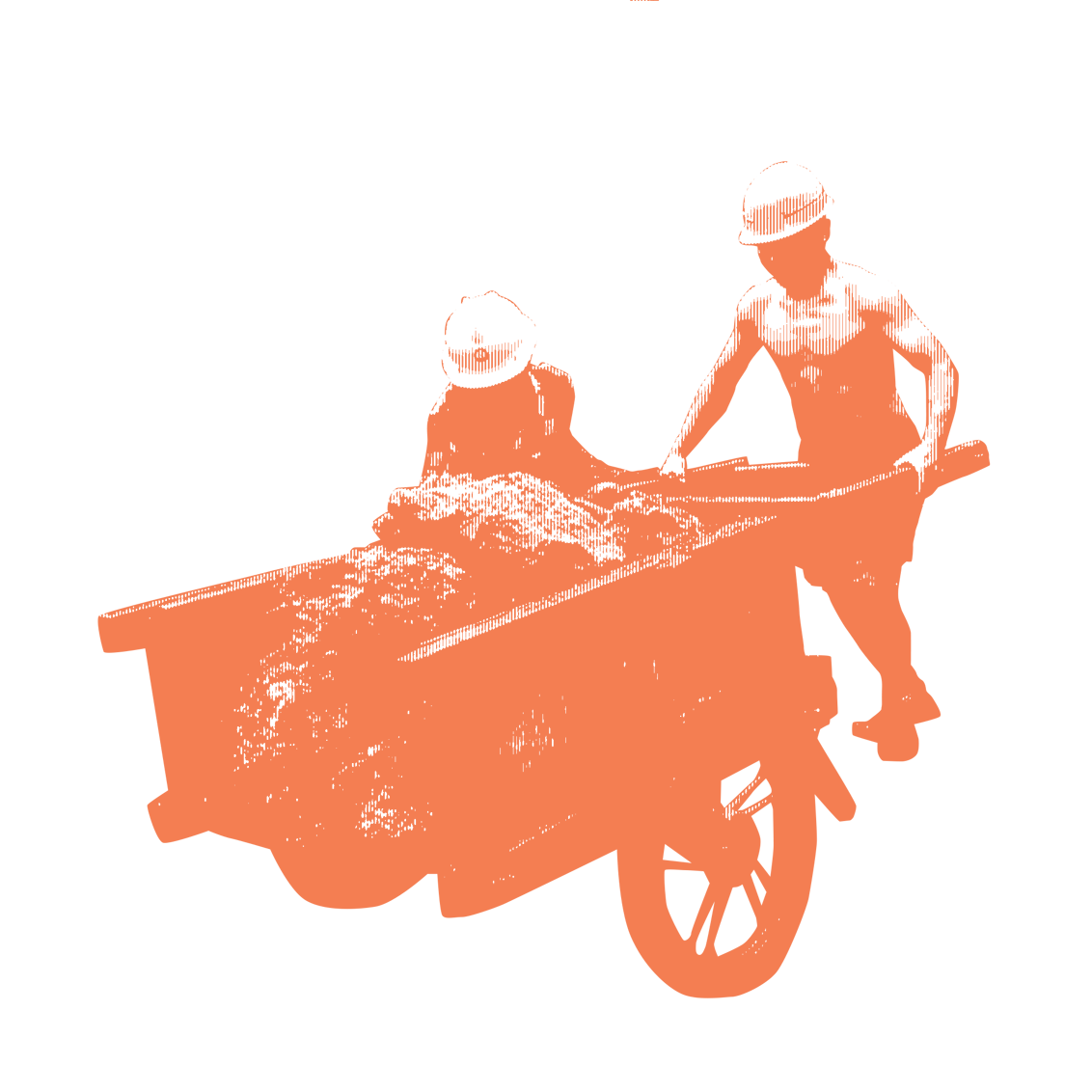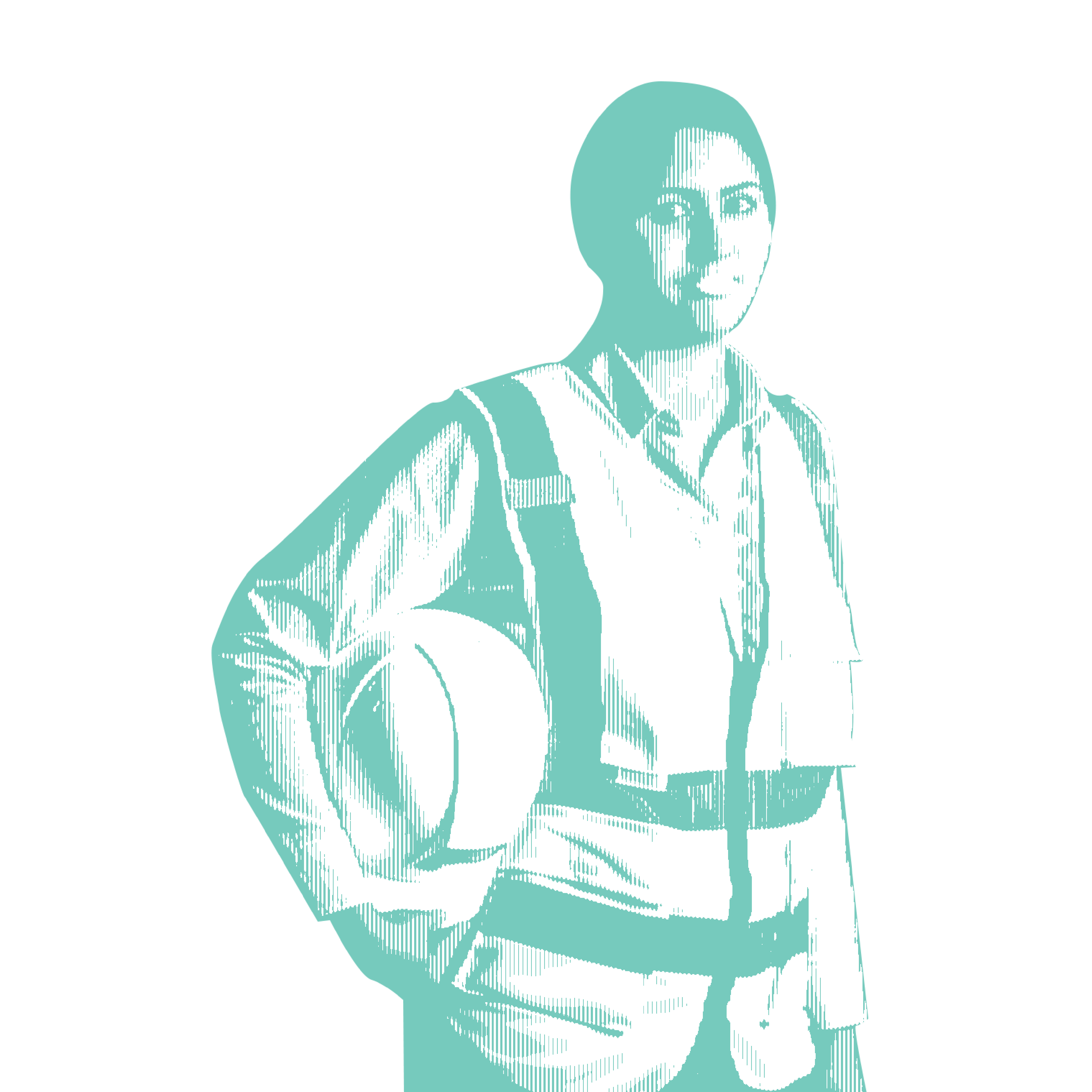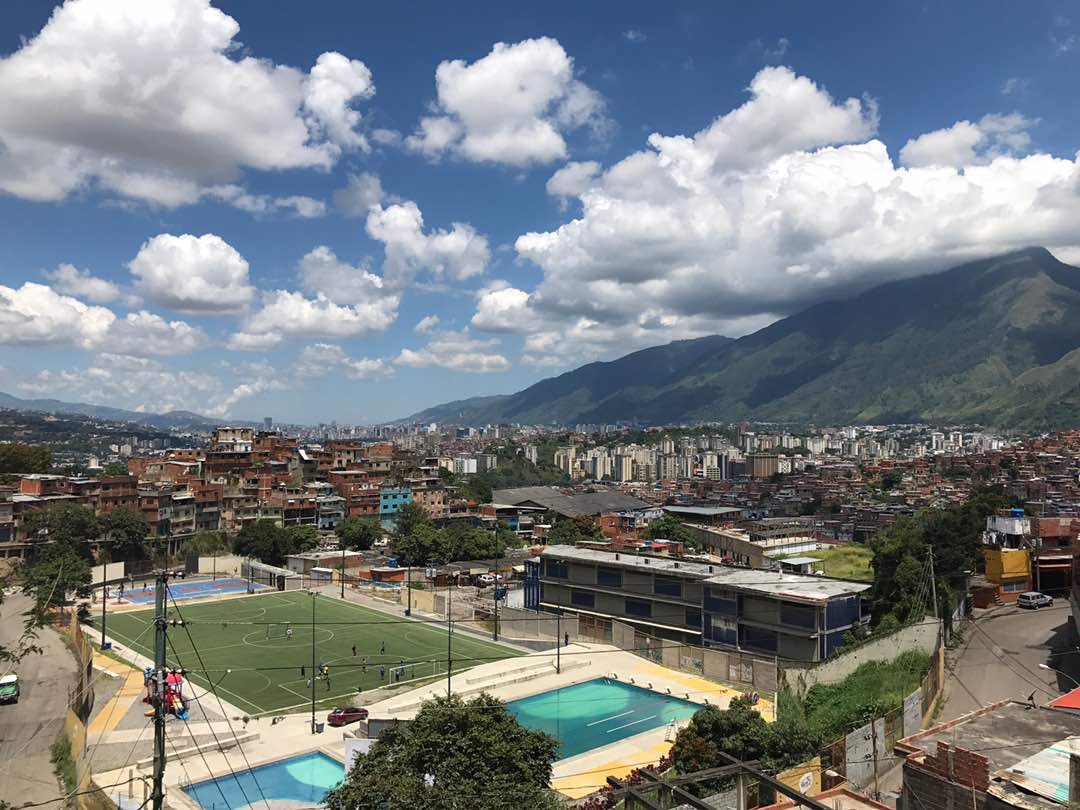
In March 2017, Venezuelan democracy got hit when the Supreme Court declared the removal of the National Assembly's power. This removed the only counter power the government had,—granting total control of the country to the executive branch, led by President Nicolas Maduro.
After the declarations, a series of violent riots took place all over the country. The riots eventually came to a rest after the elections for a constituent assembly on July 30, 2017. Since then, the socio-political and economic crises have worsened. The continuous growing inflation and lack of effective economic policies are making it almost impossible for Venezuelans to afford products that satisfy their basic needs, such as food or medicine. The public institutions are facing a decline in the quality of the services they provide, which makes the situation even more difficult for the less resourceful—children, elders, indigenous people and the sick. There is still no government plan to fix the situation, and the cases of corruption by governmental entities are largely widespread throughout the territory. Many Venezuelans have migrated or are seeking to migrate to other countries. But the ones who are not able to go face constant hardship and injustice.
Venezuela, a country rich in oil, is confronting the biggest crisis of its history. The poverty and the violence in the streets only grow worse day by day. However, with the prohibition of free press many crimes go undetected.

